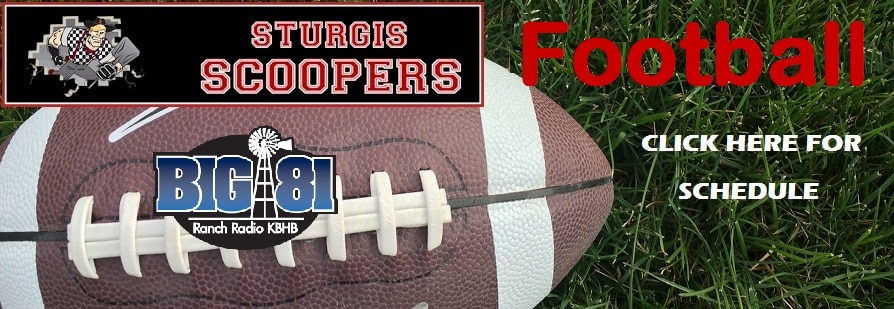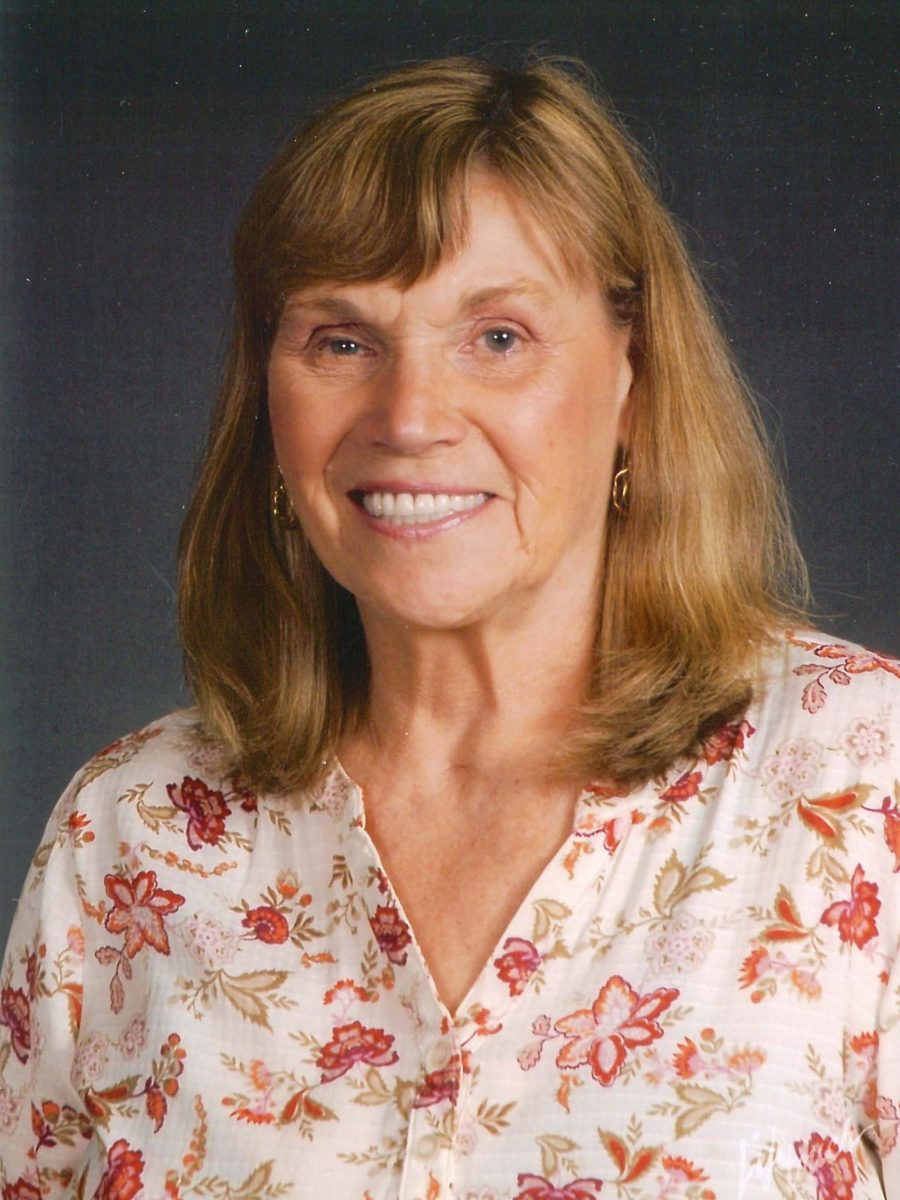PIERRE, SD – Millions of American schoolchildren, including tens of thousands in South Dakota, are suffering a loss of learning and reduced exposure to instructional rigor now that schools across the country have closed because of the COVID-19 pandemic.
Despite the best efforts of administrators, teachers and parents to engage in remote learning with students, the mass closures of school buildings across the country will undoubtedly lead to an educational gap for many children, with consistent research showing that elementary students, low-income students and those with special educational needs likely to face the biggest drops.
Public and private K-12 schools began closing across the country in March as concern grew over potential spreading of the coronavirus.
As of mid-April, South Dakota and more than two dozen other states had decided schools would not reopen again during the spring semester. National experts and state and local educators acknowledge that remote learning, either by computer or through paper take-home packets, will not be as effective as in-class learning.
“There is recognition that flex learning opportunities are not necessarily offering the same quality as traditional, face-to-face instruction,” Mary Stadick Smith, deputy secretary of education in South Dakota, wrote to News Watch in an email. “Certainly, there are teachers and students who are proficient and can excel in an online environment, but for many teachers and students, this is a new world.”
Stadick Smith said the state has urged school districts to focus on “essential” learning during the school closures. She said academic standards for the state’s roughly 136,000 public school students remain in place, though the state will not administer annual assessments for English, math or science and has waived its requirement that districts report student attendance levels to the state.
South Dakota Gov. Kristi Noem urged the temporary closure of public schools in mid-March, and then on April 6 announced that the state’s 670 public schools would not reopen for the rest of the school year and that all teaching would occur remotely. The 80 or so private school systems in South Dakota, with about 15,500 students, have also followed suit.
Concerns over learning loss and online absenteeism are plaguing school districts across the country, potentially affecting learning for millions of young Americans.
Administrators in South Dakota’s two largest districts — in Sioux Falls and Rapid City — acknowledge that a small percentage of students and their parents have not yet been contacted by teachers or administrators since schools closed in mid-March.
Among other potential setbacks, the nationwide school closures could significantly exacerbate the “summer learning loss” or “summer slide” that typically occurs in the time between when students depart schools for the summer break to when they return in the fall.
Duke University education professor Harris Cooper, one of the nation’s foremost experts on the summer learning slide, said the learning losses will result from students spending nearly double the amount of time away from the classroom this year in comparison with a typical 10-week summer break.
“I can’t imagine it’s going to do anything other than slow down learning; they’re just not going to get the material as well or hold onto it as long,” Cooper said.
Cooper was the lead author on a groundbreaking 1996 study that confirmed that children suffer a loss of learning during the summer break, and that the level of loss differs by school subject, student age and family income level.
Cooper and his team reviewed 39 other studies in a process called meta-analysis and found that the summer loss was equal to about one month of grade-level leaning that took place during the school year.
The analysis also found that summer loss was more detrimental to young children and in math and reading.
The study also showed that low-income students, who may have less parental involvement in their education and fewer educational and reading materials at home, were more susceptible to summer learning loss. According to the state, about 36% of South Dakota public school students receive free or reduced-price lunches, a commonly used indicator of poverty status.
The school closures have created the potential for an unprecedented double-whammy of negative outcomes.
“There’s two kinds of loss here — there are some things they are going to forget and there’s some things they won’t ever get exposed to,” Cooper said.
Educators say the extended lapse in classroom learning could also increase the educational gap between high-achieving students and students who struggle with learning for any reason.
“The criticalness of parent involvement has certainly increased,” said Valerie Seales, director of teaching, learning and innovation in Rapid City.
Beyond the potential for extended learning loss, the other major concern during the pandemic is whether students are tuned in while learning from home. While teachers try to stay in touch with students, there is little they can do to guarantee students are not playing video games, watching television or just hanging around during daytime periods they would otherwise be in class.
In Sioux Falls, 87% of students were engaged in schooling as of early April, with 82% through online formats and 5% through paper packets, according to Doug Morrison, director of research, innovation and accountability for the district.
Morrison said he does not expect that students will suffer long-range learning setbacks from the school closures.
“Certainly there is some learning that will be missed or be delivered in a different way in the last two months, but I wouldn’t necessarily say the sky is falling. Is it ideal? No, but I look at the positives from my perspective,” he said.
Morrison said the number of students who are not fully engaged in learning and the 3% who have not been reached at all by the district are in line with chronic absenteeism rates during a normal school year.
Tony Martinet, president of the Sioux Falls Education Association, which represents about 800 teachers, said the district is using a “relaxed” definition of engagement during the school closures.
“It means that when students are presented with learning opportunities, that they are trying. They’ve relaxed it a little bit, so for a student to be engaged, are they logging on, or connecting in some way, or turning some work in? It’s not that they’re completing every part of the process, but that they’re engaged in some element of that,” he said.
Families that did not have computers or online access were provided devices by the school district, and some internet providers around the state have given free service to families.
The Sioux Falls district and its teachers have gone to great lengths to reach students who may be more vulnerable to learning loss during the pandemic, said Teresa Boysen, assistant superintendent of academic achievement.
Boysen said it may take extra effort to reach lower-income students and those whose primary language is not English, about 2,800 of the district’s roughly 25,000 students.
“How do you do a cooking class or a science experiment when you don’t have those things at home?” she said.
Rural school districts in South Dakota are facing some of the same challenges as more urban districts, said Chip Sundberg, superintendent of schools in Gettysburg.
Remote learning creates a gap in the ability of teachers to reach rural students who have learning challenges or who may not have strong educational support at home.
“We’re missing those opportunities to have those conversations with the kids that are struggling,” Sundberg said.
School districts have long been aware of the potential for summer learning loss and have tried to minimize its impact, both through summer-school programs and through assessments and teaching adjustments made at the start of the next school year.
Trying to remotely teach elementary-age children in an urban neighborhood has been both challenging and rewarding, said Kirk Zeeck, principal of Anne Sullivan Elementary School in Sioux Falls.
His school has about 600 children who speak about two dozen different languages; about 75% of students receive free or reduced-price lunches. Zeeck said students aren’t learning every minute or hour they are at school, so teachers and parents are considering that when creating and executing lesson plans. He added that stresses at home during the pandemic can also create barriers to learning.
“You can’t replicate the instruction in the classroom, that’s for sure, but we’re doing our best,” he said.
Cooper said school districts should consider drastic steps to help students catch up, including delaying student promotions to the next grade until a couple of months after school resumes. He also suggested the upcoming school year could be extended by 30 days or more to provide additional instruction time to help students get back on track with educational standards.
“All of this is costing money, but if you think about the long-term costs of a generation that is not going to have the same skill set as they should when they leave school, there will be a cost to that dispersed over time,” Cooper said. “We’re going to pay for it — one way or another.”












